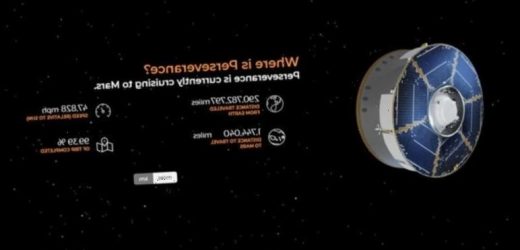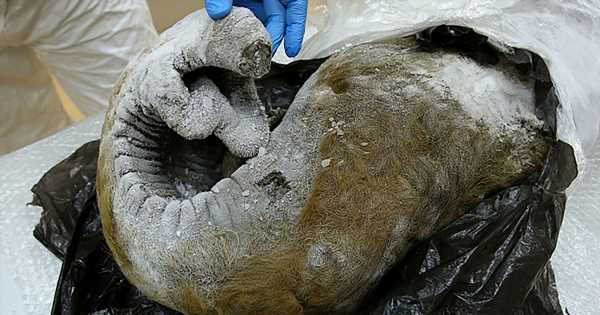NASA’s Perseverance rover lands on Mars in animation
When you subscribe we will use the information you provide to send you these newsletters.Sometimes they’ll include recommendations for other related newsletters or services we offer.Our Privacy Notice explains more about how we use your data, and your rights.You can unsubscribe at any time.
The NASA rover will arrive at Mars on Thursday evening, targetting a 28-mile crater in the planet’s eastern hemisphere. The goal of the mission is to collect rock and soil samples that could shed more light on Mars’s hidden past. More importantly, scientists worldwide are hopeful the mission will tell us whether alien life ever existed on Mars.
When is Perseverance scheduled to land on Mars?
NASA expected Perseverance to touch down in Jezero Crater by 8.55pm GMT (3.55pm EST) on Thursday, February 18.
Because of the distance between the Earth and Mars, there is a critical, 11-minute delay in communications.
As a result, Perseverance will attempt to land autonomously without any outside help.
The seven minutes during which the rover will fall to the ground are known at NASA as the “seven minutes of terror”.
READ MORE:
Mars Perseverance tracker: Where is NASA’s rover now?
As of Wednesday morning, the rover has completed about 99.39 percent of its trip.
Perseverance launched from Earth on July 30, 2020, propelled into space by an Atlas V rocket.
The rover has travelled more than 290 million miles from Earth since and has less than 1.76 million miles to go.
According to NASA, the rover is flying at breakneck speeds of about 47,828mp relative to the Sun.
How will the NASA rover land on Mars?
Perseverance will dive into the Martian atmosphere at speeds of about 12,500mph.
At this stage, the rover will still be protected by an external shell and heat shield that will reach about 1,300C 80 seconds into the descent.
The rover itself, NASA said, will warm up to about room temperature.
The heat shield will also serve to slow the rover down to a more comfortable 1,000mph.
At this point, Perseverance will deploy a supersonic parachute – but it has to do so at the right time.
DON’T MISS…
NASA’s Perseverance will collect ‘most important rocks’ since Apollo [INTERVIEW]
UFO hunter spots ‘Tic-Tac’ anomaly over New York in archive video [VIDEO]
NASA’s Perseverance will land in crater where life may have existed [INSIGHT]
NASA said: “To nail the timing of this critical event, Perseverance uses a new technology – Range Trigger – to calculate its distance to the landing target and open the parachute at the ideal time to hit the mark.”
The 70.5ft-wide parachute will open about 240 seconds into the flight at an altitude of about seven miles.
Then, just 20 seconds after deployment, Perseverance’s heat shield will drop away and the rover’s cameras will start to watch the approaching ground.
Since Mars’s atmosphere is paper-thin compared to Earth’s the parachute will only slow the rover down to about 200mph.
Perseverance will instead have to rely on the Skycrane – a jetpack-like powered descent platform armed with eight thrusters pointing at the ground.
NASA said: “Once it’s about 6,900ft (2,100m) above the surface, the rover separates from the backshell, and fires up the descent stage engines.”
The Skycrane will slow the rover down to about 1.7mph and initiate the “Skycrane manoeuvre” by lowering the rover to the ground on a set of cables.
NASA said: “As soon as the rover senses that its wheels have touched the ground, it quickly cuts the cables connecting it to the descent stage.
“This frees the descent stage to fly off to make its own uncontrolled landing on the surface, a safe distance away from Perseverance.”
In other words, the Skycrane will fly off and crash away from the rover.
Source: Read Full Article




